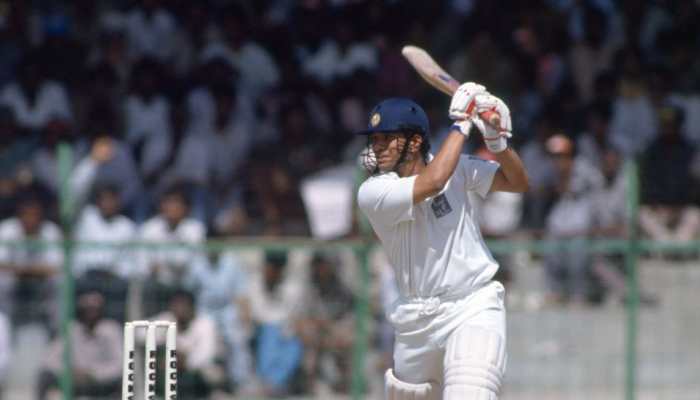Debit card transaction charges to come down as RBI caps MDR on digital payments
The RBI today capped charges on debit card transaction at Rs 200 for small merchants and Rs 1,000 for merchants with over Rs 20 lakh annual turnover.
Trending Photos
)
Mumbai: To boost non-cash transactions which has been stagnant for some time now following near-full remonetisation, the Reserve Bank on Wednesday rationalised the merchant discount rate (MDR).
The central bank has tweaked the fee levels to widen the network of merchant establishments which will accept the card payments and also to incentivise banks to invest more into cash-less or less-cash payment systems.
The RBI today capped charges on debit card transaction at Rs 200 for small merchants and Rs 1,000 for merchants with over Rs 20 lakh annual turnover.
"In 2016-17, the percentage of usage of debit cards at point of sales (PoS terminals) was at 21.9 percent and now it is almost at that stage. So, we thought that it is about time that a further push is given to that and one of the ways we thought we can help achieve the objective is rationalisation of the MDR," deputy governor B P Kanungo told reporters here.
The merchant discount rate is the fee charged to a merchant by a bank for providing debit and credit card payment services.
It can be noted that midway through demonetization late November, Prime Minister Narendra Modi had said the note-ban was intended to increase the cashless component in the economy.
He said a differentiated MDR for asset-light infrastructure is put in place which will be slightly less. "The previous system of ad valorem rates (where a discount is paid as per the value of a transaction) continues, but the slab system has been done away with. We have gone by merchant category, which will be very simple to administer."
Kanungo said the tweaking is intended to widen the network of merchant establishments which will accept the PoS and is guided by two broad objectives.
The first is the acceptance infrastructure so that more merchants accept it more happily and it should also leave money for the stakeholders, and secondly make banks and other stakeholders more interested in the game by incentivising investments into supporting technology and other infra.
A recent report by SBI Research had said banks were losing over Rs 3,800 crore annually because of the massive rollout of PoS terminals post-note ban.
"The sustainability of the card business is hampere by high MDR, low card usage, poor telecom infra, lack of incentives to merchants to accept cards, insufficient awareness about the costs associated with use of cash," SBI Research had said.
An RBI draft report earlier this year had made a case for revamping the MDR levels on the basis of merchant turnover rather than the present slab rates based on the transaction value.
Stay informed on all the latest news, real-time breaking news updates, and follow all the important headlines in india news and world News on Zee News.
Live Tv







)
)
)
)
)
)
)
)
)
)
